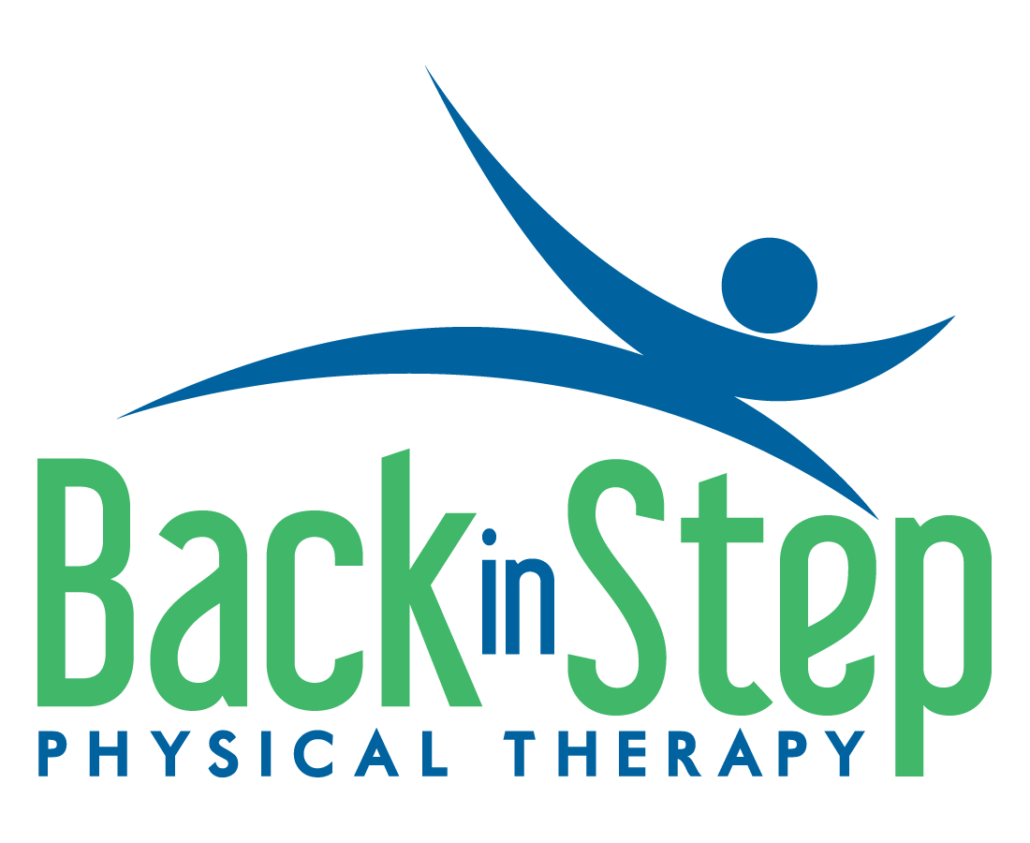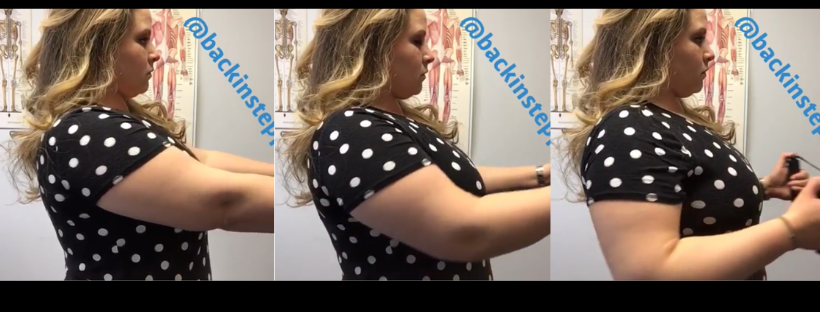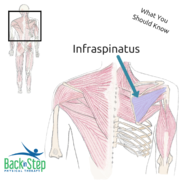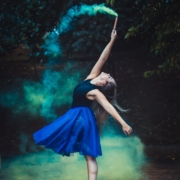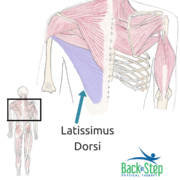The Rhomboids – It’s Not Geometry
When you first hear the term “rhomboid”, it might be a flashback for you in geometry class. In this case, we’re talking about a couple of muscles that help up with shoulder movement and stability, but you wouldn’t be far off with the shape. The muscles really are rhombus-shaped – just check out the diagram below to see for yourself!
These muscles are important for good shoulder function and stability. Keep reading to learn more!
The Anatomy & Function
The rhomboids are actually two muscles that attach the shoulder blade and the spine. Rhomboid major (the larger one that sits lower) attaches from the spinous processes of the T2-T5 vertebrae to the medial border of the scapula. Rhomboid minor sits a little higher, attaching from the nuchal ligaments and spinous processes of C7-T1 to the medial border of the scapula. Both muscles are innervated by the dorsal scapular nerve (C4-5).
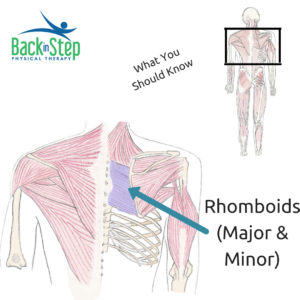
Both muscles also help to pull the shoulder blade back and helps to downwardly rotate it. They also fixes the scapula to the thoracic wall.
Weakness or dysfunction of the rhomboids can contribute to shoulder pain or upper back pain. It will also impact how well the shoulder and arm can work, especially with things like getting something down from a kitchen cabinet, doing push-ups, or starting your lawnmower. The rhomboids also help to stabilize the shoulder, so if you ever feel like your arm isn’t as stable when it’s out away from your body, this could be an important muscle to focus on.
What to Do About It
Here’s a couple of great exercise variations to work both the rhomboids and the posterior deltoid. They are possible to do without using the rhomboids so well, so make sure that you’re focusing on pulling those shoulder blades back with each repetition. Each repetition should be slow and controlled. Avoid shrugging your shoulders or arching your back.

Version #1: Standard low rows. Keeping elbows closer to the body, start with your arms in front of you. Keep your shoulders down throughout the motion. Initiate by squeezing the shoulder blades back and then pull your elbows back. Avoid pulling back so far that your shoulders start to roll forward.
Version #2: High rows. Still keeping the shoulders down, keep your elbows out to the side, not quite at 90* from your body.
Check out the video on our Instagram feed here.
DISCLAIMER: The purpose of this site is to promote understanding of health, wellness, and prevention. The information on this site is not intended/implied to be a substitute for professional medical advice, diagnosis, or treatment. If you are experiencing pain, please see a medical professional.
